Fatto per costruttori
Una soluzione portatile per la scansione 3D:il
T-SCAN hawk di ZEISS

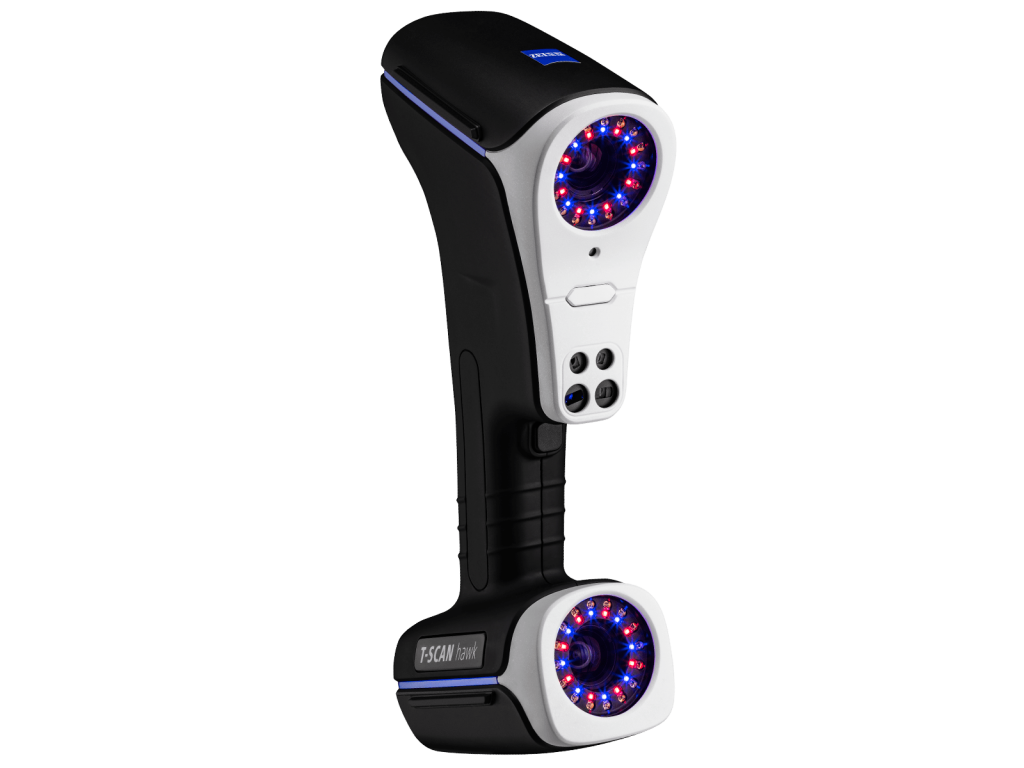
La vostra soluzione portatile per la scansione 3D e una semplice ispezione
Lo scanner leggero T-SCAN hawk di ZEISS con GOM Inspect

Fatto per essere portatile
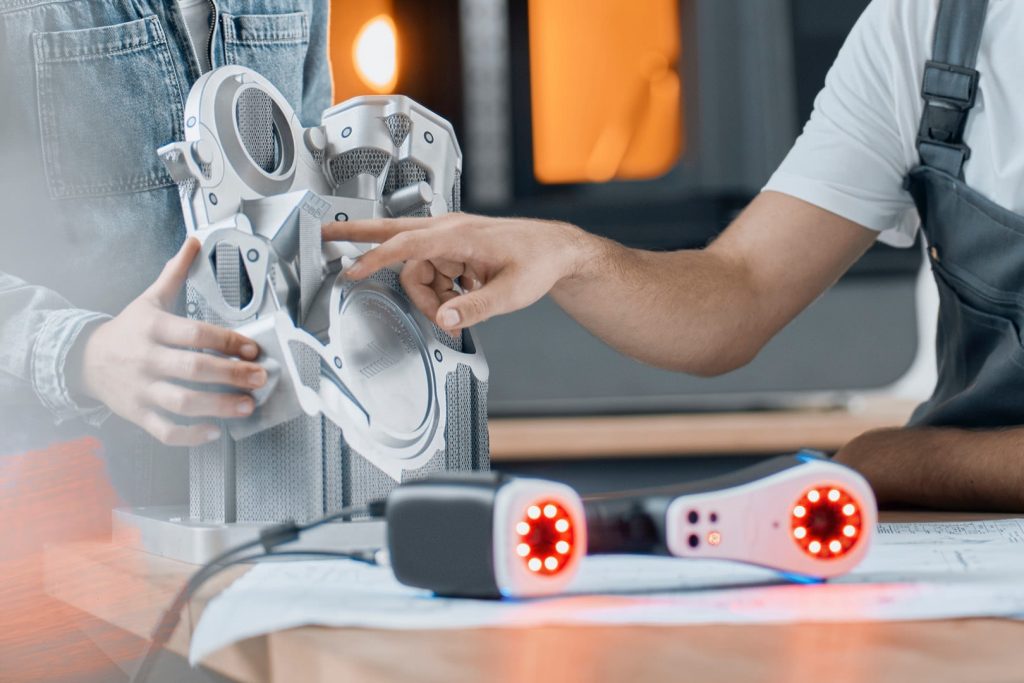
Fatto per essere preciso
Il scanner 3D T-SCAN hawk include caratteristiche tecniche impressionanti quali la fotogrammetria di oggetti di grandi dimensioni, sorgenti laser multiple e tre modalità di scansione, il che lo rende la soluzione perfetta persino per dettagli fini o tasche profonde. Il risultato: dati 3D con la massima precisione.
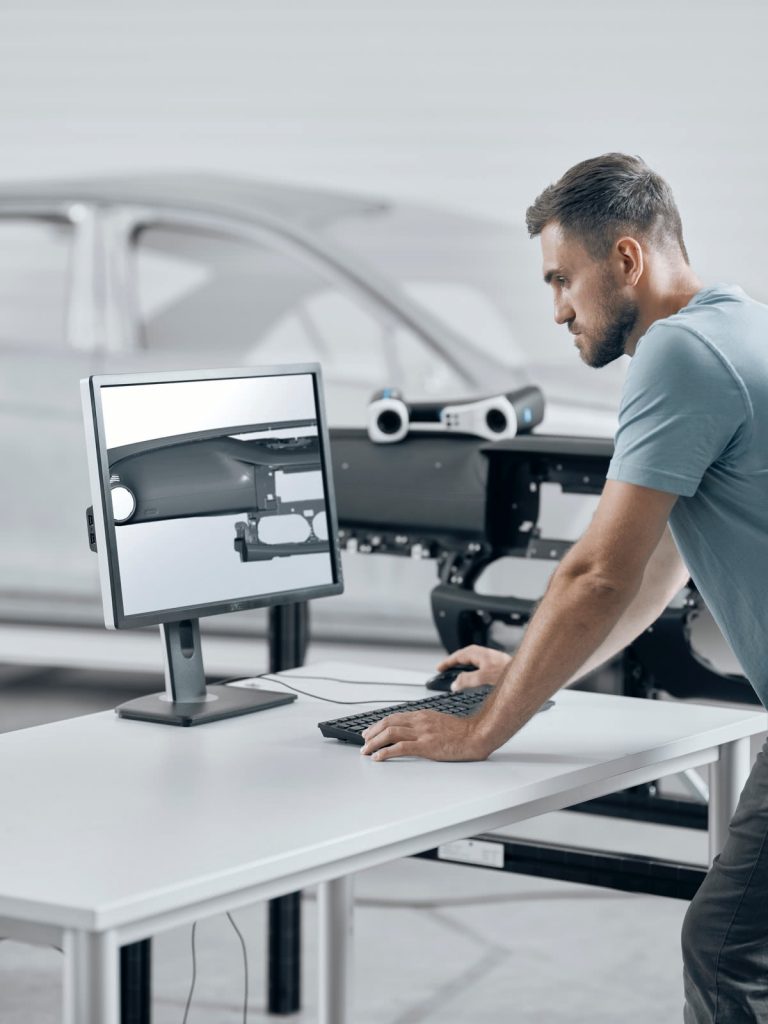
Fatto per fare la differenza
Il T-SCAN hawk con GOM Inspect preinstallato è una soluzione completa che vi permette di semplificare l’intero workflow, dalla scansione, alla valutazione fino alla generazione di rapporti.
Applicazioni
Reverse engineering
- Dalla forma al modello CAD
- Archiviazione di utensili e patrimonio culturale
- Qualsiasi cosa, da piccoli dettagli a componenti grandi
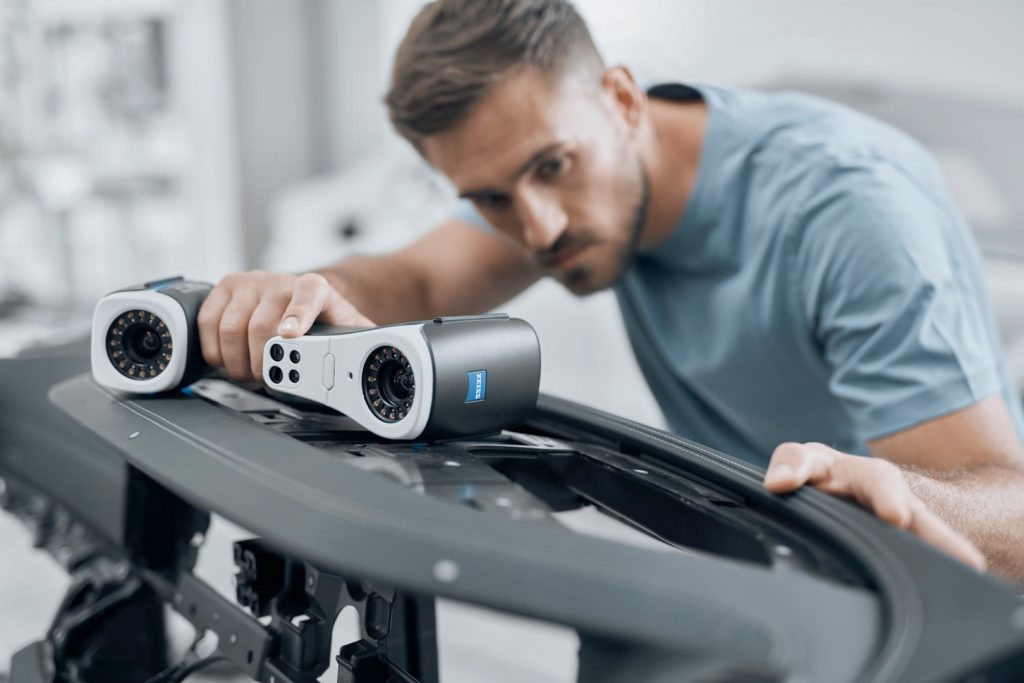
Manutenzione
- Facile ispezione 3D di usura
- Adatto per l’uso interno ed esterno
- Analisi del trend per valutazioni multiple

Controllo qualità
- Confronto dati nominali/attuali
- Dimensionamento funzionale
- Ispezione in reparto di produzione




GOM Inspect
La qualità diventa visibile
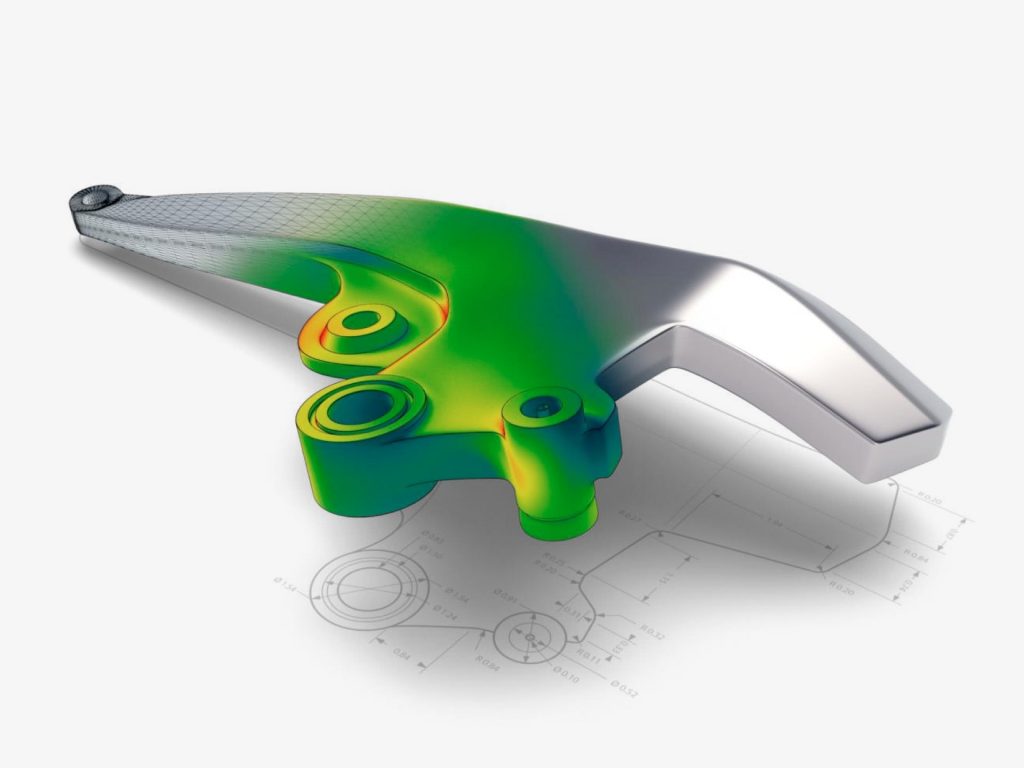
Caratteristiche

Tutto, ovunque
- Scanner dalla struttura compatta, leggera e portatile
- Facile da trasportare per supportarvi ovunque serva
- Adatto per spazi ristretti e aree di difficile accesso

Si adatta alle vostre necessità
- Fonti laser multiple per dettagli fini e aree grandi
- Acquisisce dati da quasi qualsiasi superficie e materiale
- Per oggetti scuri e riflettenti e tasche profonde
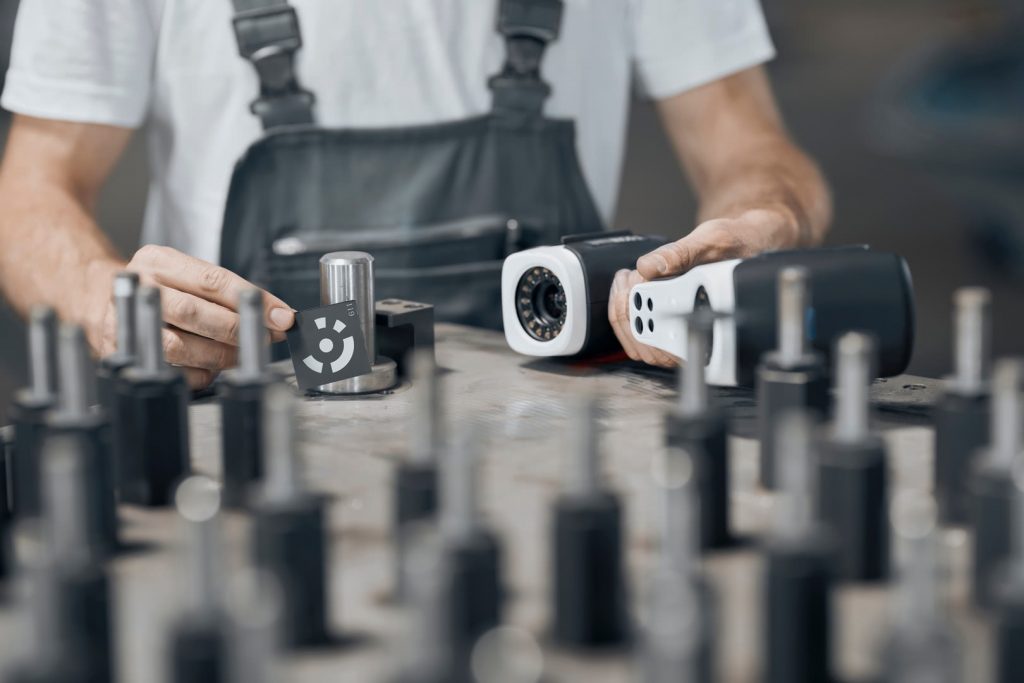
Facile da usare e pronto per l’uso
- Dispositivo stand-alone
- Pronto per l’avvio in tempi rapidissimi
- Processo di scansione facile e intuitivo

Ama le grandi sfide
- Ideale per la scansione di oggetti molto grandi o pesanti
- Precisione migliorata, anche per oggetti grandi
- Fotogrammetria integrata
- Risultati altamente affidabili
Tre modalità di scansione premendo un tasto
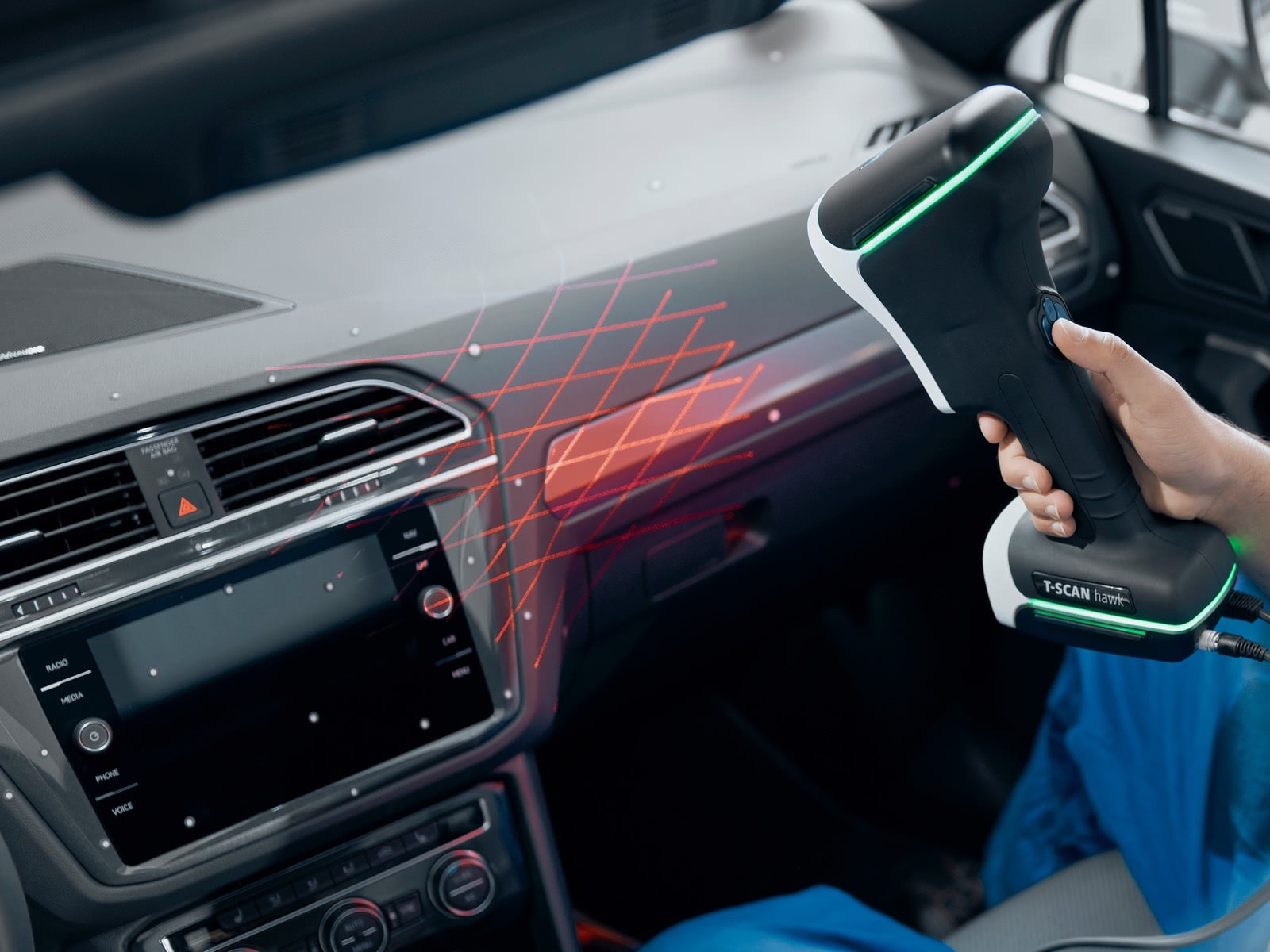
Croci rosse: per aree grandi
Per la scansione di grandi sezioni oppure per una rapida ricostruzione 3D
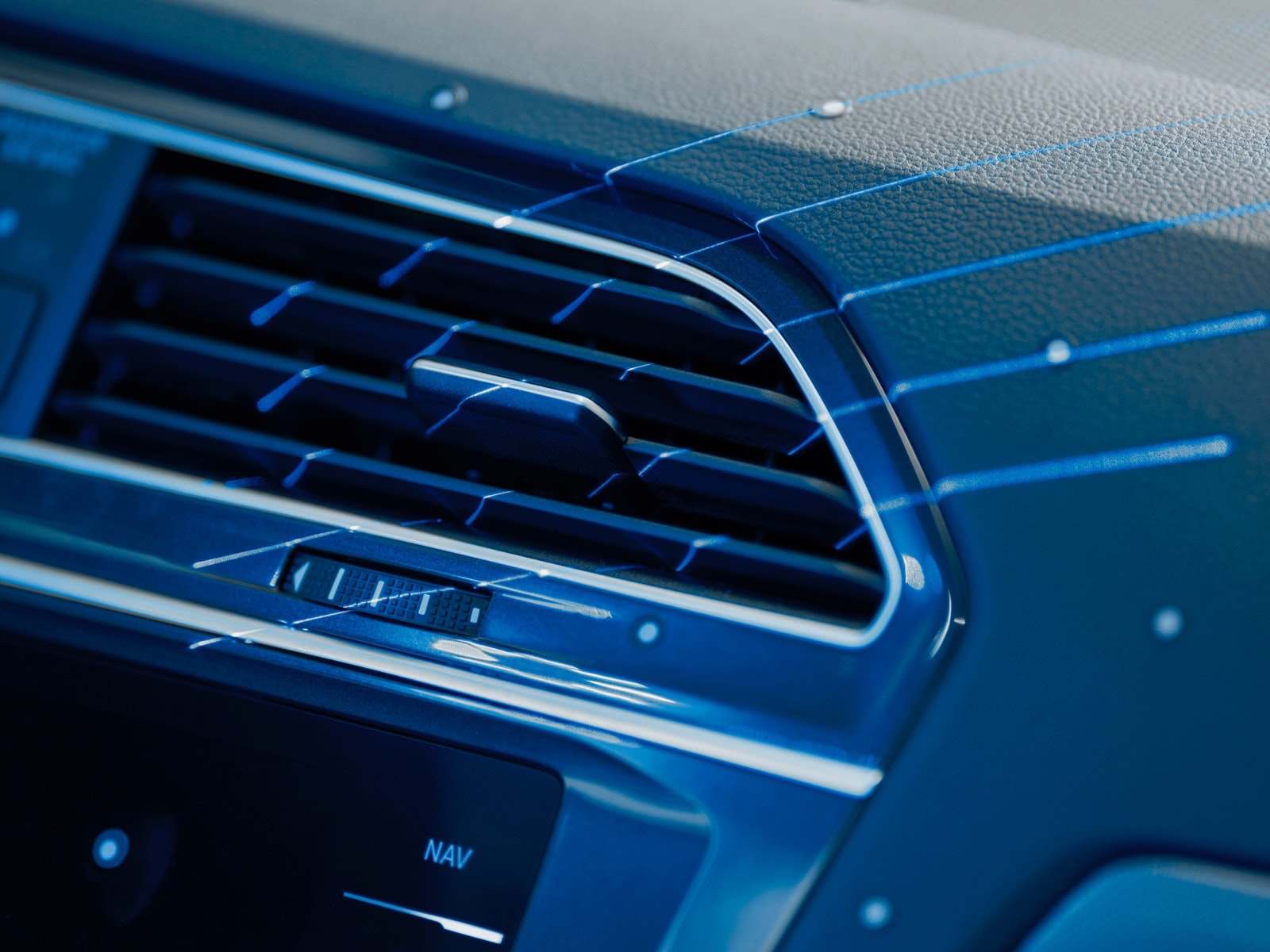
Linee blu: per dettagli fini
Per componenti piccoli, dettagli fini o superfici scure e riflettenti

Singola linea rossa: per aree confinate
Per tasche profonde o aree difficili da raggiungere
Dati tecnici
Volete scoprire di più?
Mettetevi in contatto con il vostro partner #HandsOnMetrology locale.
Discover more
i
Please select the topic you seek more information about